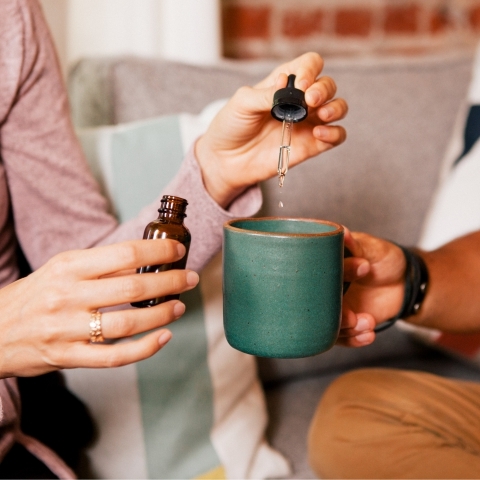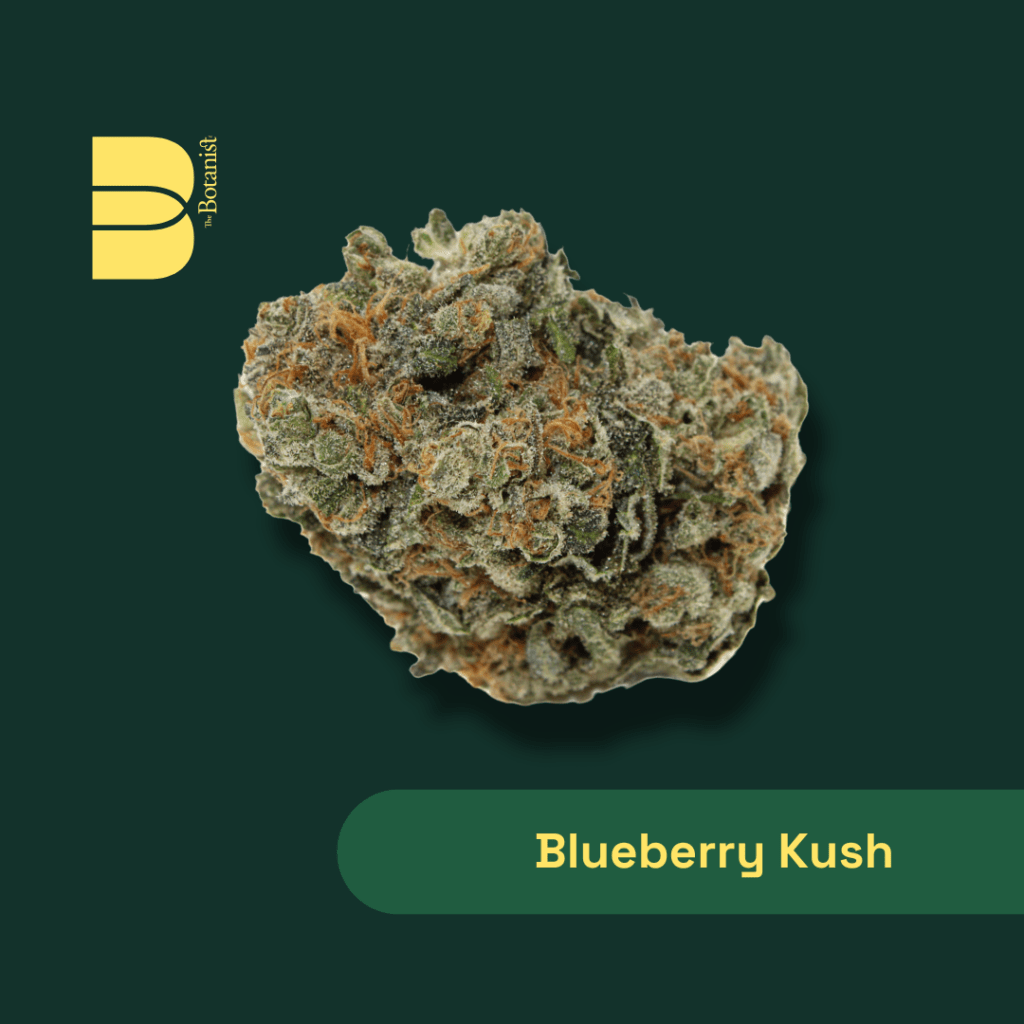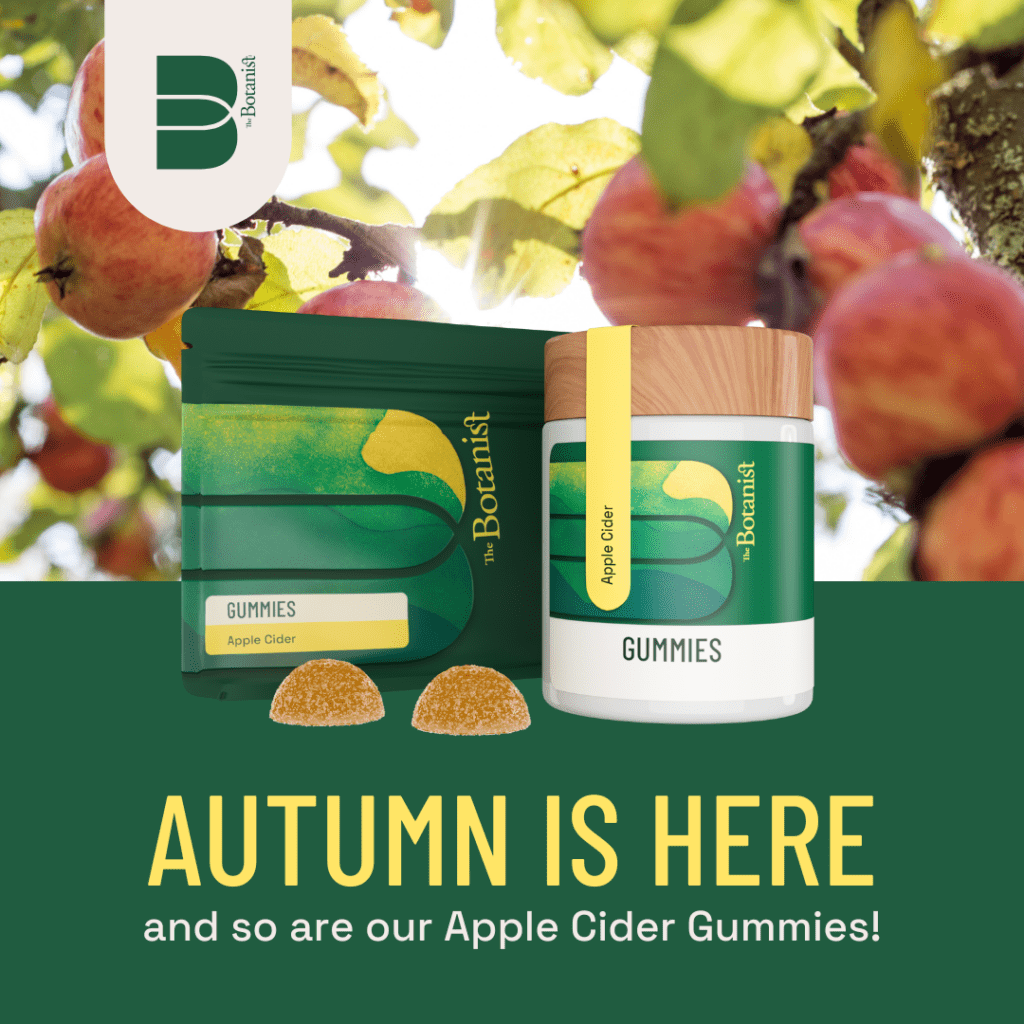Exploring Two Rituals: Smoking vs Vaping
Cannabis offers many pathways of experience, and two of the most common are smoking and vaping. Both inhalation methods can deliver cannabinoids and terpenes to the body quickly, and both methods have unique qualities that shape how we experience the plant’s inherent qualities. The better method can also depend on your setting, intention, and desired effect.
The Tradition of Smoking
For centuries, smoking has been the most recognizable way to engage with cannabis. There is something familiar and ancient in the ritual itself: the preparation of the flower, the art of the roll, the glow of the flame. Many people value smoking because it connects them not only to the plant, but to each other. Passing around a circle or sparking a bowl with a friend can be as much about community as it is about the effects.
When the flower is combusted, cannabinoids like THC become active almost instantly, creating fast and noticeable results [1]. Smoking is often favored for its immediacy because potential effects can arrive in moments. The pungent smoke, the complexity of flavor, all are a part of this timeless practice. However, there are trade-offs: combustion introduces tar, carbon monoxide, noticeable smells, and other byproducts [2]. While some people accept this as part of the ritual, others might prefer methods that feel gentler on the body.
The Innovation of Vaping
Vaping is a modern innovation, designed to offer a different experience. Instead of burning plant matter, vaporizers heat cannabis flower or oil to a controlled temperature. At these lower ranges, cannabinoids and terpenes are released without combustion [3]. The result is a vapor that can feel smoother on the lungs and carries fewer harmful byproducts [4].
Vaping also preserves the delicate terpenes responsible for aroma, flavor, and subtle effects [5]. This means the experience can feel cleaner or often more flavorful. Many people also describe vaping as more discreet: no lingering smoke, no ash, and most devices slip easily into daily life. For those who want precision, portability, and a focus on terpene expression, vaping offers a thoughtful alternative.
Choosing Between Both
This decision often comes down to what you’re seeking in the moment.
Smoking is immediate and can feel communal. It’s earthy, ritualistic, and deeply tied to some ancient and tribal traditions. Perfect for evenings on a porch, moments of gathering, or for anyone who enjoys the ceremony in itself.
Vaping feels cleaner, is more discreet, and provides modern options. It offers clarity of flavor and consistency, ideal for those who want an efficient and subtle option in their pocket or on a quiet walk.
Both provide a fast onset.
Both carry unique benefits.
And both can be chosen intentionally, depending on mood, setting, and personal rhythm.
We see smoking and vaping as different chapters in the same story: a story about how people connect with cannabis, with themselves, and with each other. One approach is carried in tradition; the other in innovation. The real question is not which method is “better,” but which one feels right for you, here and now.
When you pick up a match or a vape, you are making a choice about how you want to experience this moment. Our role is to offer clarity, so that you can approach this choice with understanding, intention, and a sense of discovery.
References
[1] Huestis, M. A. (2007). Human Cannabinoid Pharmacokinetics. Chemistry & Biodiversity.
[2] Tashkin, D. P. (2013). Effects of Marijuana Smoking on the Lung. Annals of the American Thoracic Society.
[3] Gieringer, D. (2001). Cannabis Vaporization: A Promising Strategy for Smoke Harm Reduction. Journal of Cannabis Therapeutics.
[4] Abrams, D. I. et al. (2007). Vaporization as a Smokeless Cannabis Delivery System: A Pilot Study. Clinical Pharmacology & Therapeutics.
[5] Russo, E. B. (2011). Taming THC: Potential Cannabis Synergy and Phytocannabinoid-Terpenoid Entourage Effects. British Journal of Pharmacology.






